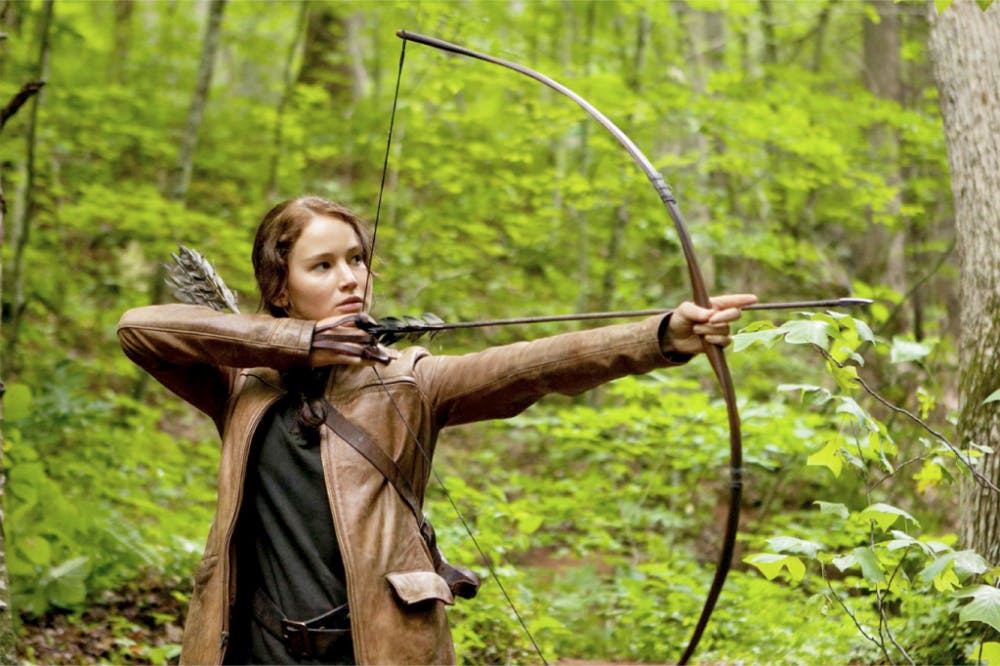If you thought The Hunger Games was a children’s book, you’re absolutely right.
But if you found yourself being a full-grown adult and still connecting with its intricate commentary on politics, social media, and pop culture, you’re one of the millions of fans propelling the series towards its amazing success and upcoming adaptation into a film for all ages.
Set in post-apocalyptic America, Suzanne Collins creates a dystopian nation, Panem, divided into 12 specialized districts and intimately controlled and suppressed by its manipulative, strategically located government district, the Capitol. The back story tells us that an earlier uprising of the districts against the Capitol ended in the destruction of District 13 and resulted in the Capitol’s invention of the annual Hunger Games. The Games help the Capitol maintain control over Panem by requiring two tributes, chosen at random from among the children in each district.
The tributes, which can be as young as 12 or as old as 18, are thrown into an arena meticulously and artistically designed by game makers, and forced to kill each other until only one tribute remains. Each district is forced to watch the Games as the whole thing is televised as if it is a glorified reality show. The winner of each Hunger Games goes home as a celebrity.
While this series joins the genre of dystopian literature along with Brave New World and 1984, Collins wittingly gives her world its own voice through the narration by Katniss Everdeen, who tells us the story in first person.
The cold, cunning, and strong-willed 16-year-old from District 12 volunteers herself as a tribute to the Games when her younger sister, Primrose, is chosen in the drawing. Through Katniss’ eyes, we engage her desperation and determination not only to survive the brutal Games and return to her family, but to endure and conquer the Capitol’s merciless publicity and media attention that projects her and the other tributes as mock celebrities.
But Katniss is not the only character bringing us into this alternate new world. The rest of Collins’ characters draw in a broad audience with equal vigor. This, along with the underlying critique of popular media and television that we all recognize, is what makes Collins’ world so outreaching to all age groups.
At times, the advanced reader is reminded of the book’s lower reading level whenever Collins slips into a loose, somewhat choppy style. Her lazy sentence composition and word choice escape the notice of young readers more readily than advanced readers, but this is how we remember that it’s a children’s book after all. The message, the story, and the emotions contained and projected in the books connect with kids and adults alike.
My 12 year-old sister highly recommends it, and so do I.
The Hunger Games is set to be released in its film adaptation on March 23.
Brush up on the 'Hunger Games'




